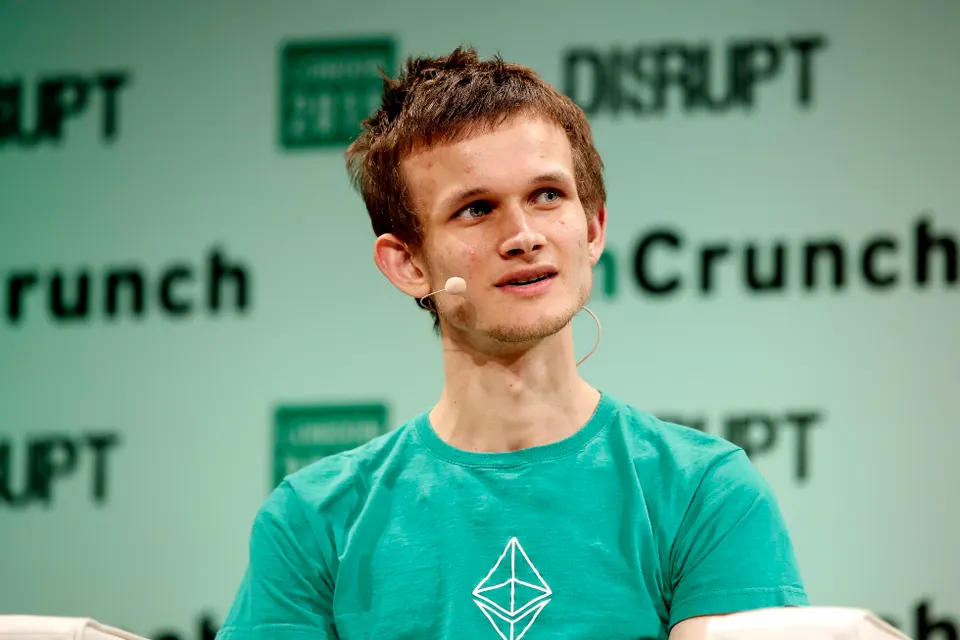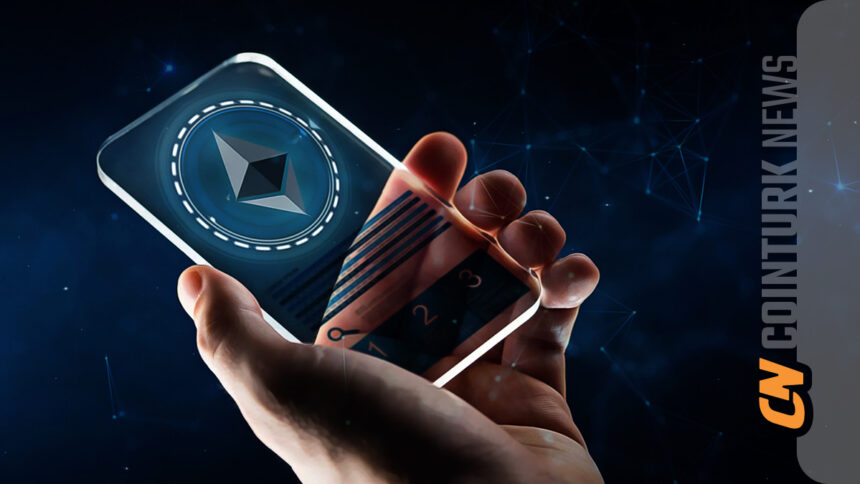Ethereum, following the Dencun upgrade, has taken a significant step towards a Layer-2 centric future, prompting a call for a change in mindset by Vitalik Buterin. Speaking at the ETH Global’s Pragma London event on March 14th, Buterin expressed his satisfaction with the network upgrade that enables L2 rollups to scale by reducing the costs of providing cryptographic proofs to the base layer.
Ethereum’s Journey Continues with Increased Activity
Buterin told a large crowd gathered at Christ Church Spitalfields, “We have officially reached basic rollup scaling, but we must keep in mind that the work will continue to increase from here.”
The event welcomed over 500 participants before a weekend-long hackathon and Buterin’s participation became a major point of interest towards the end of the day’s speaker lineup.

Considering Dencun’s seamless reach to the mainnet, there was a palpable sense of longing to hear what the next step for Ethereum would be from arguably its most important founding member.
Blobs Are Here
Following the 2022 upgrade The Merge, Buterin’s roadmap for Ethereum became widely recognized after a successful transition to proof-of-stake consensus. The co-founder of Ethereum noted that most of the milestones he set were primarily engineering tasks, and some have already delivered positive results upon completion.
Dencun included Ethereum Improvement Proposal EIP-4844, which changed the way Ethereum rollups store data on the mainnet. Various Layer-2 rollups collect, process, and send a summary proof of off-chain transactions to the Ethereum Blockchain. EIP-4844 introduces a new approach that allows rollups to add data to blocks more cheaply by using blob space instead of call data.
Using call data has historically been costly because all Ethereum nodes had to continuously process data on the chain. Researchers proposing EIP-4844 allowed rollups to send and add data blobs to blocks with a method they called proto-danksharding. This data is inaccessible to the Ethereum Virtual Machine and is automatically deleted after 18 days.
Ethereum Undergoes a Period of Change
Over the past decade, Ethereum has continuously evolved, and Vitalik Buterin emphasized his belief that its ecosystem needs to change its approach to have a significant impact on the internet and traditional financial systems.
Buterin views the first ten years of Ethereum as an introspective period, believing that the ecosystem was developing on its own:
“Technology enthusiasts were trying to please just technology enthusiasts and create beautiful technology. However, in Ethereum’s second decade, we need to see it make a significant global impact.”
The Dencun upgrade played its role by allowing the Ethereum ecosystem to move away from a Layer-1 centric focus. Buterin also thinks that Ethereum’s base layer is now entering a maintenance-focused period rather than a period of rapid change:
“Things seem to be slowing down right now. In fact, I think the biggest changes are now behind us, and that’s a great thing.”
While acknowledging that L1 changes will continue as part of the ecosystem’s development, Ethereum’s co-founder believes that application developers should focus on a Layer-2 centric mindset. Buterin points out that the ecosystem offers many tools for building DApps, with zero-knowledge proofs at the forefront:
“They can now develop applications that are much more scalable and protect user privacy. And the ease of doing this has greatly increased compared to five years ago.”
Buterin also advised developers to adopt an “Ethereum 2.0” development approach that leverages contemporary tools and protocols for enhanced privacy, security, and performance benefits.

 Türkçe
Türkçe Español
Español









